As you lie on a grassy windswept knoll above the lighthouse, the vast seascape of moving water is mesmerizing. A maelstrom of boiling 10 metre high waves is sweeping in from the Tasman Sea, directly opposed by a matching set rising out of the Pacific Ocean.
Two great oceans are merging below in a tumultuous flurry of foam and spray. The roar is deafening but you cannot leave. This is a sight to be savoured to the full. This place feels like the end of the world. When you finally turn away, the eye follows a sweeping swath of golden sand to Cape Maria van Diemen, shrouded in sea mist. To the east lie the Surville Cliffs of North Cape, and somewhere out there beyond the crashing surf, are the isolated Three Kings Islands.
Cape Reinga has huge spiritual significance for Maori people, being the ‘Leaping Place’ where spirits of the deceased start their long journey back to the traditional homeland of ‘Hawaiki.’ The 800 year old pohutukawa tree on the lower rocks of the point, hides the entrance to the mythical Underworld where spirits move freely.
Several coastal walks can be taken from Cape Reinga car park. The golden sands of Te Werahi Beach can be reached via a descending path. Multi-day tramps can lead further south over Te Paki Station and down Ninety Mile Beach to Ahipara. Eastwards from the Cape are tracks to a superb campsite at Tapotupotu Bay and further on to a camp at Spirits Bay.
The journey to the Cape usually begins in Paihia or in Kaitaia. You can drive yourself on the inland road, or join a one-day tour by coach, which involves travelling up a 60 km stretch of Ninety Mile Beach, before negotiating a streambed and proceeding to the Cape. Vast golden sand dunes fringe the long Aupouri Peninsula and some laid-back tours provide an exhilarating tobogganing experience as part of the scenic tour.
You can mail a postcard from Cape Reinga, expressing your most profound thoughts on the scene. The awesome sound of two mighty oceans merging, is likely to be foremost in your mind.

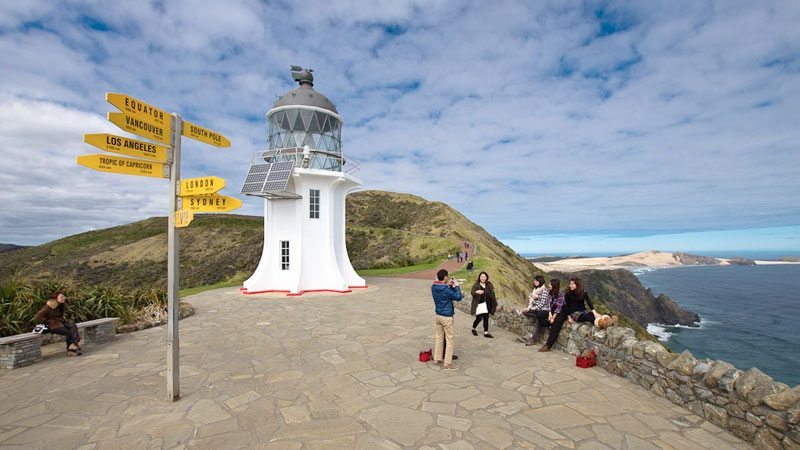
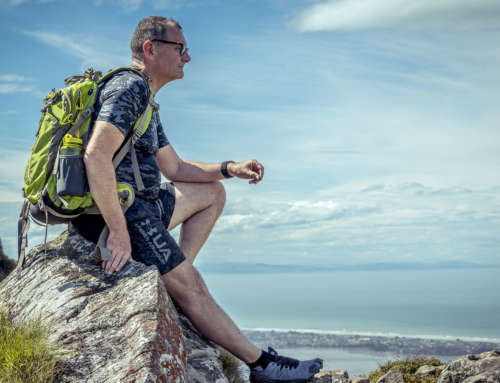
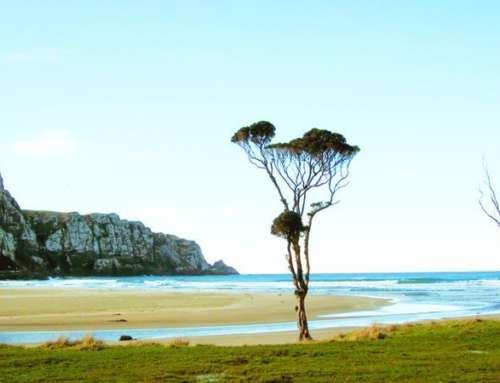
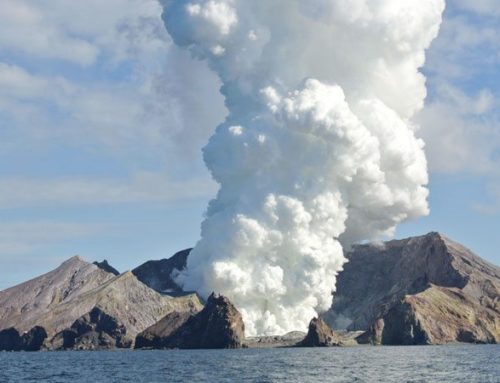
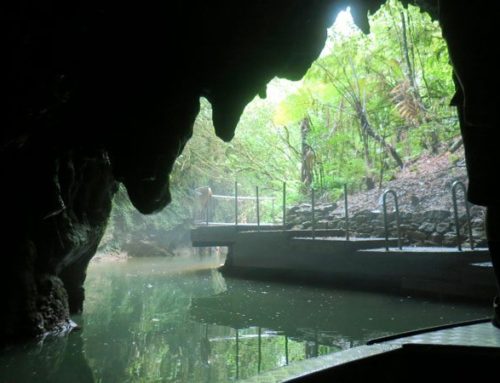
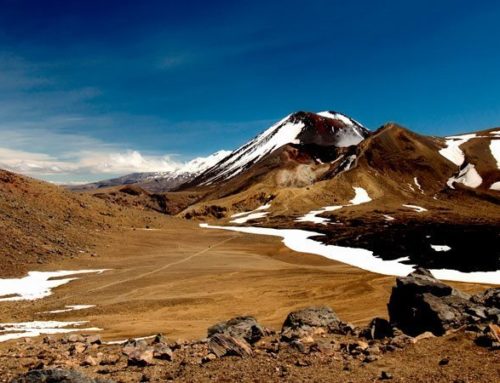
Leave A Comment